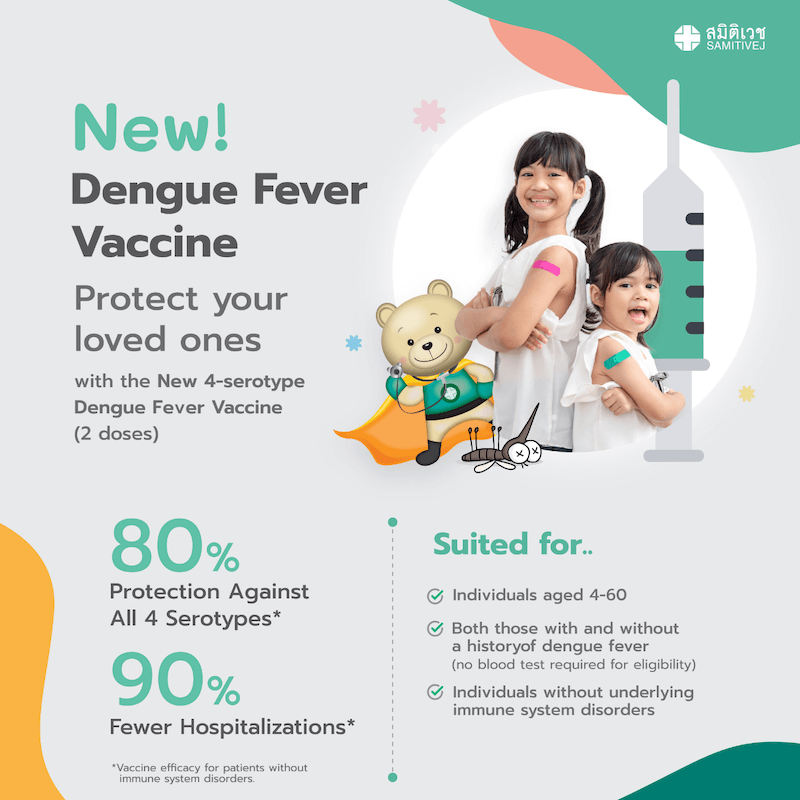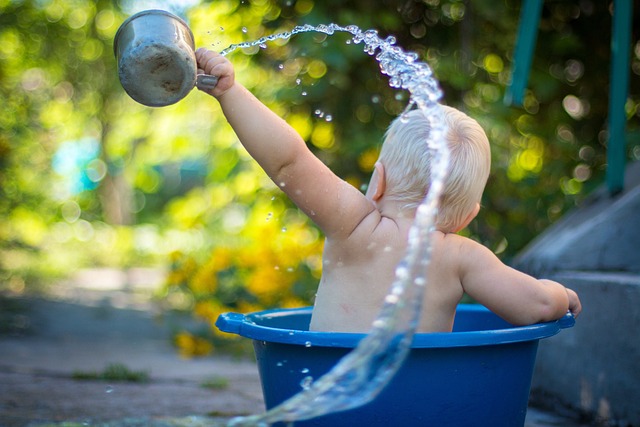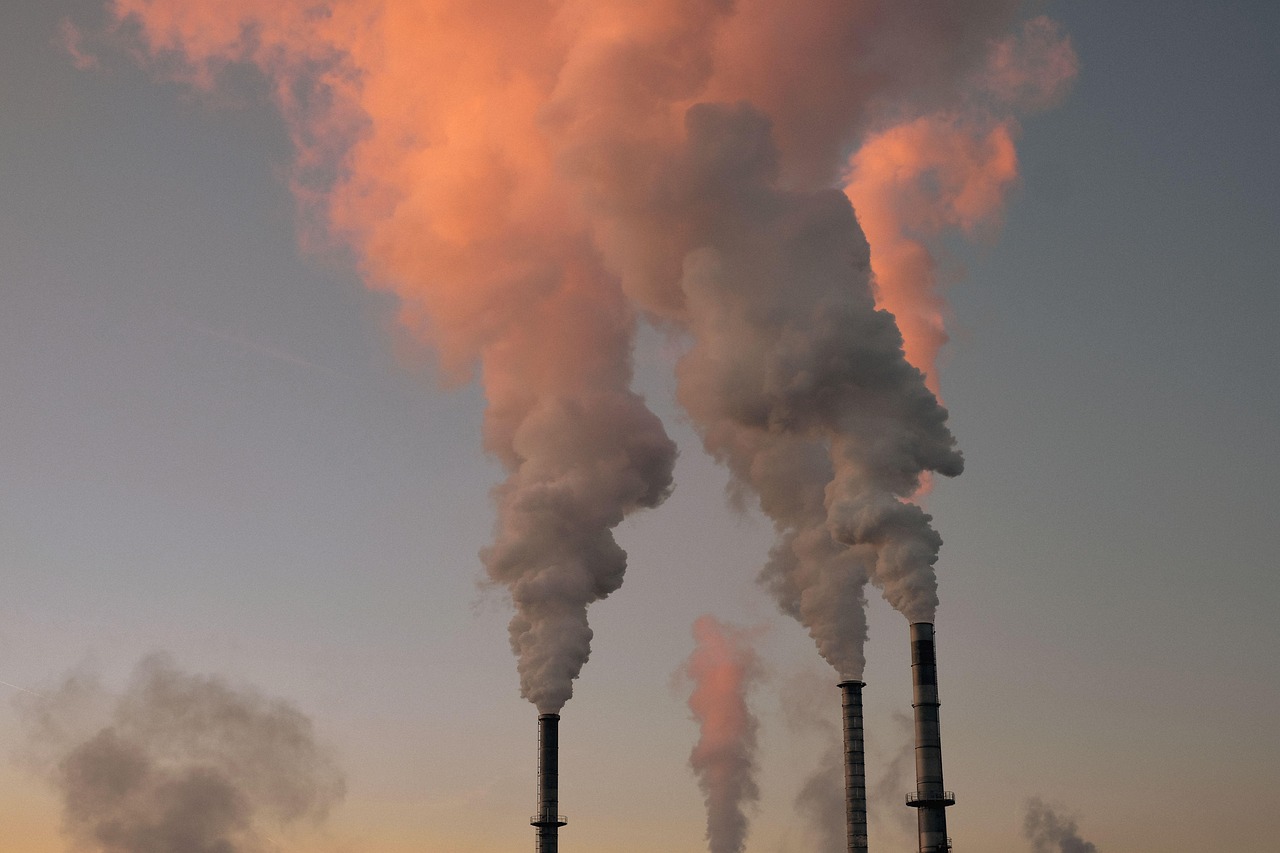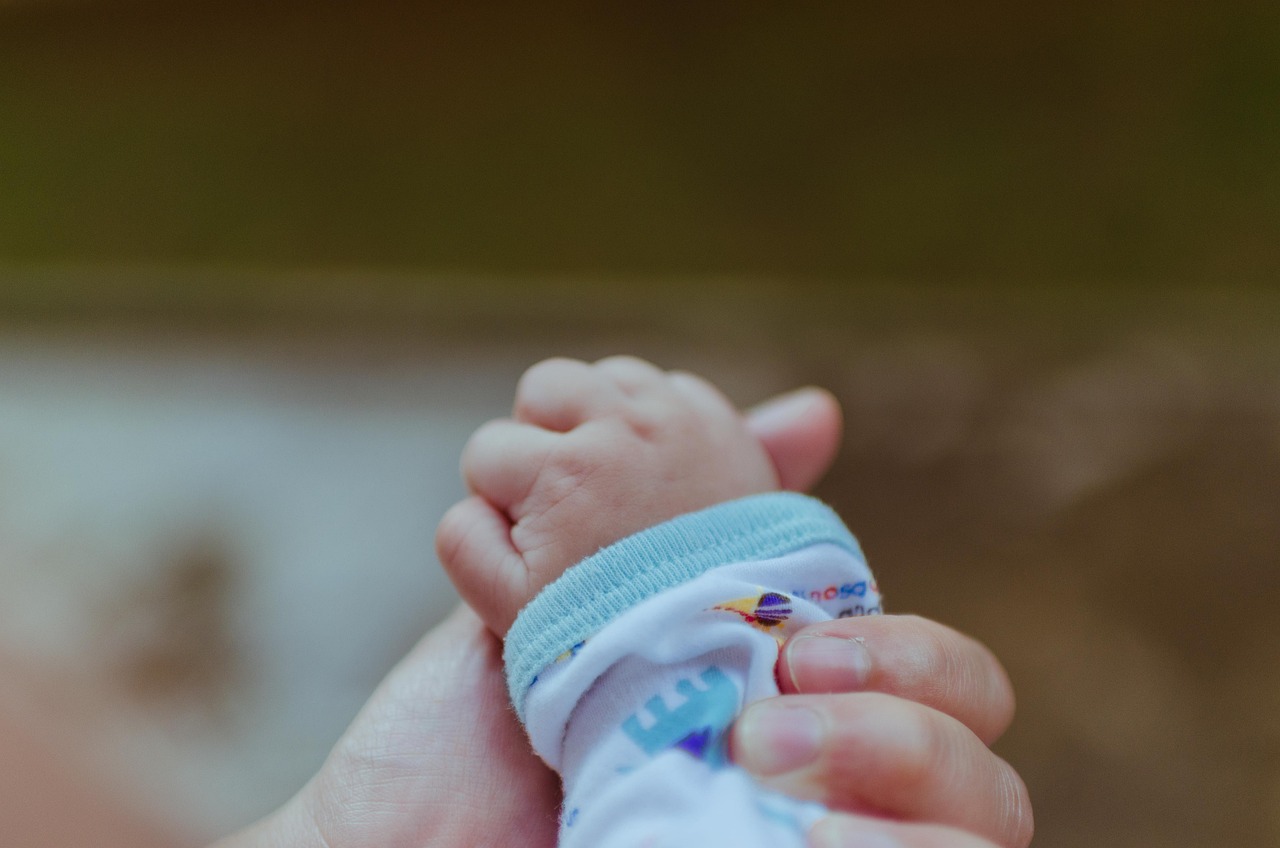The hottest time of the year is definitely here, the sky-high temperatures that are common in Thailand between the months of April through May make it tough getting the kids to and from school, (who really wants to do sports in boiling weather) and generally makes us all want to run for cover and find anywhere air conditioned. The scorching heat makes kids irritable and sometimes this isn’t just because they are hot and bothered, this is the time when you need to watch out for the signs of heat stroke.
Here are some of the common warning signs of heat stroke, which is a condition that can have long-term consequences, as well as steps you can take to avoid becoming affected so you can focus on enjoying your life or holiday in Thailand.
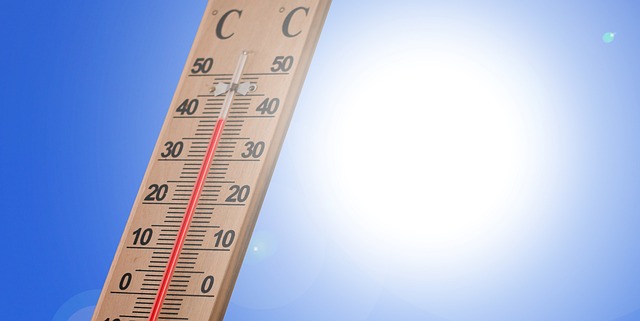
What is Heat Stroke?
Simply put, a heatstroke is a condition where the body fails to maintain a safe constant body temperature as a result of high body temperature and a lack of mechanisms for reducing the excessive heat either through evaporation or relief from the source of heat. In some people, especially the elderly or chronically ill, heatstroke is a possibility even when not involved in much physical exertion. On the other hand, even people who are more active and relatively healthy can fall victim to heatstroke if not careful with proper hydration and relief from the source of heat.
Recognising the Symptoms of Heatstroke
One of the first tell-tale signs of someone suffering from heatstroke is skin that is obviously red/visibly irritated but not sweating . Sweat is one of the body’s natural reactions to excessive heat, and is a healthy way for the body to evaporate some of the heat. If someone is not sweating during times of extreme heat, it should be cause for concern.
Additionally, look for:
- A high body temperature when measured (above 39 degrees Celsius)
- Confusion or dizziness
- Nausea
- Headache
- A rapid pulse
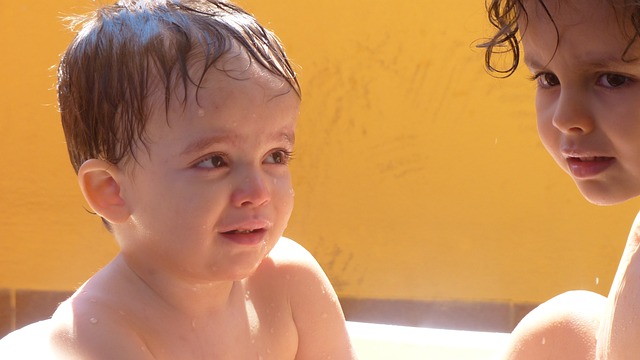
Treating Heatstroke
Once you confirm that either you or someone near you is suffering from heatstroke, acting quickly to combat it can help avoid any long term damage.
First and foremost, call for medical assistance as soon as possible. While you wait for assistance, here are some steps you can take:
- Hydrate! Your body needs water most of the time, but during heatstroke, it needs it more than ever. Even under normal circumstances, you need at least 1.5 liters of water each day.
- Note: in extreme cases of heatstroke, drinking any fluid can be a choking hazard, so if the heatstroke victim is someone other than yourself, first determine how conscious they are before offering them any fluids.
- Find some shade or air conditioning, and let your body cool off.
- If possible, submerge the body in cold water or a cool shower to try and bring the temperature down.
- Remove any tight/constricting clothing to allow for more airflow.
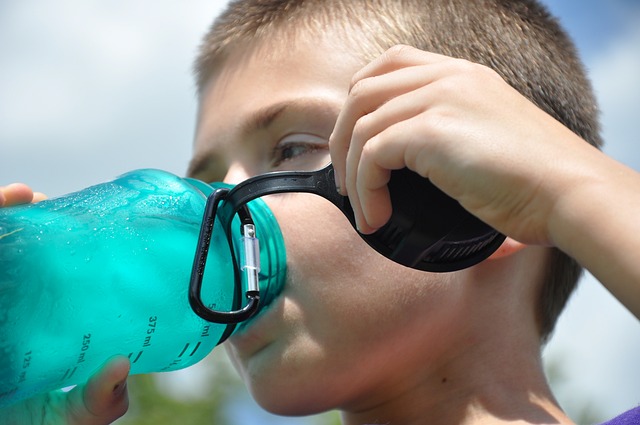
In most cases, just common sense is all you need to avoid the dangers of heatstroke. If you’re planning to be outdoors during the extreme heat, make sure to limit your consumption of dehydrating agents such as salt, alcohol, and heavy meals that might heat up your body. Additionally, avoid being outside for long stretches of time, instead giving your body a break under some shade or air conditioning. Wear clothing that is light colored and a comfortable, loose fit.


